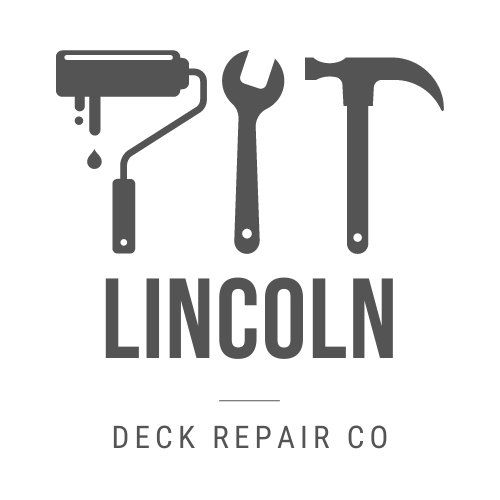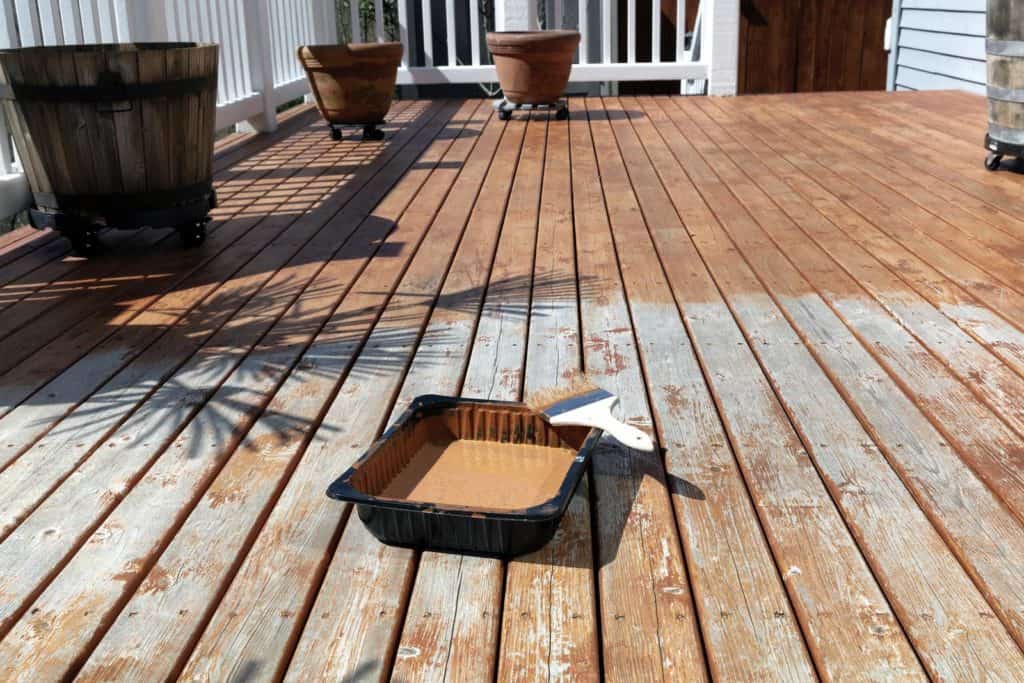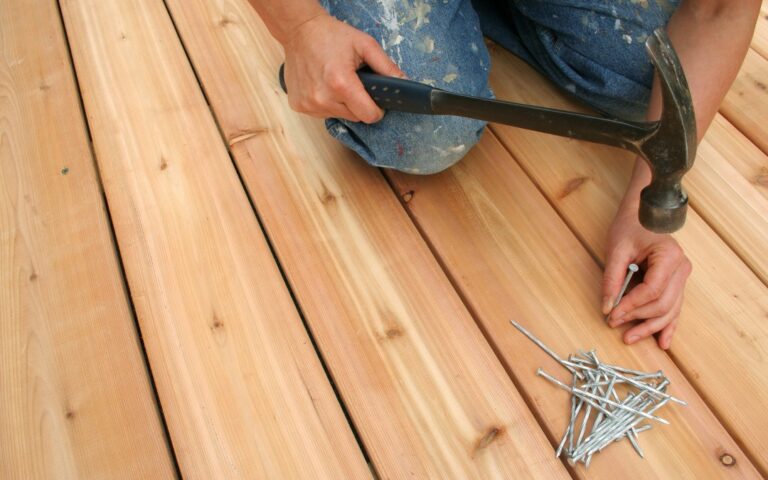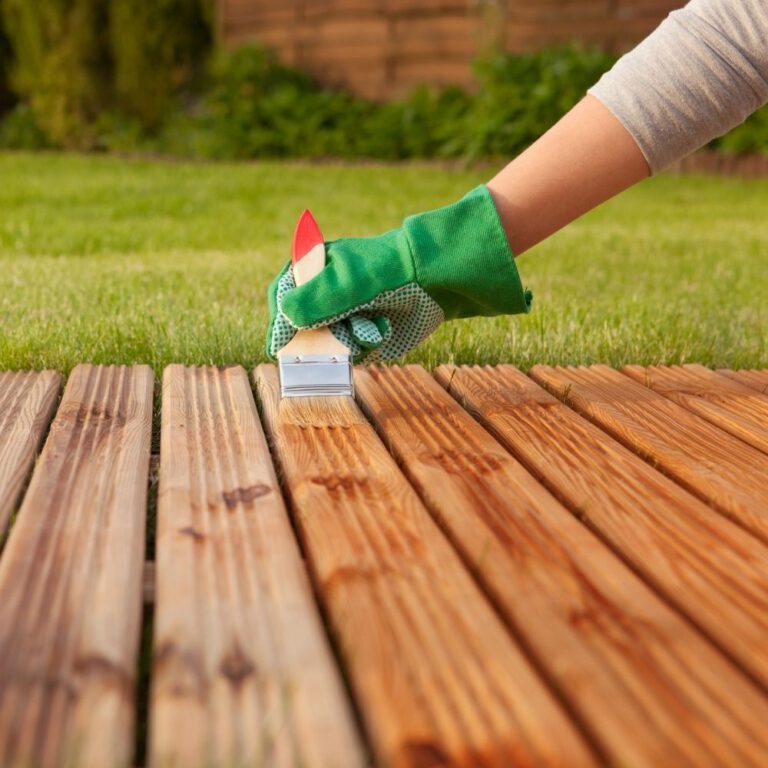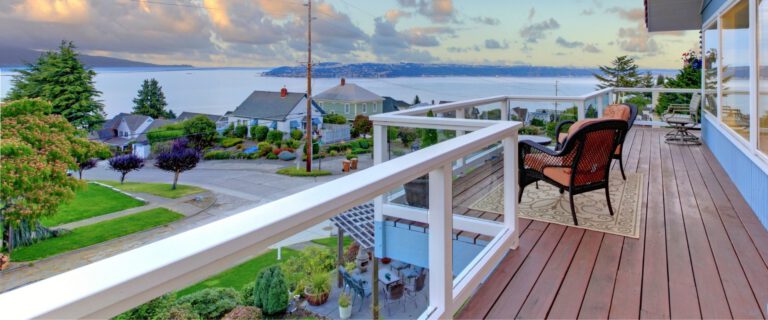Diagnosing and Treating Common Deck Issues with Precision
A well-maintained deck can be a valuable addition to any home, offering a space for relaxation, outdoor gatherings, and enjoyment of the great outdoors. However, over time, decks can develop various issues due to exposure to the elements, wear and tear, and other factors. Diagnosing and addressing these common deck problems with precision is essential to ensuring your deck remains safe, functional, and visually appealing. In this blog, we’ll explore some common deck issues and how to effectively treat them.
1. Rotting Wood
One of the most common problems deck owners face is wood rot. Wood is a natural material that can deteriorate when exposed to moisture and insects. Signs of wood rot include soft, spongy spots on the deck’s surface, discolored or darkened wood, and visible fungus growth.
Treatment:
- Remove and replace the affected wood boards.
- Address the source of moisture to prevent future rotting.
- Consider using pressure-treated or rot-resistant lumber for replacements.
2. Loose or Missing Fasteners
Over time, fasteners like nails, screws, and bolts can become loose or even pop out of the deck boards. This can lead to unstable and unsafe deck conditions.
Treatment:
- Inspect the deck for loose or missing fasteners.
- Tighten or replace any loose screws or nails.
- Use galvanized or stainless steel hardware to prevent rust and corrosion.
3. Cracked or Split Deck Boards
Exposure to fluctuating weather conditions, UV rays, and heavy foot traffic can cause deck boards to crack or split. These issues not only affect the deck’s appearance but can also create tripping hazards.
Treatment:
- Replace cracked or split deck boards with new ones.
- Consider sealing or staining the deck to protect it from further damage.
- Regularly inspect and maintain the deck’s surface to prevent future issues.
4. Fading and Discoloration
Deck boards, especially those made of wood, can fade and lose their original color over time due to sun exposure. This can result in an uneven and less attractive appearance.
Treatment:
- Apply a UV-resistant sealant or stain to protect the deck’s color.
- Consider using composite decking materials that are less prone to fading.
- Regularly clean the deck to remove dirt and debris that can contribute to discoloration.
5. Mold and Mildew Growth
Moisture and humidity can create the ideal conditions for mold and mildew growth on deck surfaces. Not only is this unsightly, but it can also make the deck slippery and unsafe.
Treatment:
- Use a deck cleaner specifically designed to remove mold and mildew.
- Scrub the affected areas with a stiff brush.
- Ensure proper ventilation to prevent moisture buildup.
6. Warping and Bowing
Deck boards can warp or bow over time, leading to an uneven deck surface. This can be caused by uneven drying, temperature fluctuations, or the use of low-quality materials.
Treatment:
- Replace warped or bowed deck boards to restore a level surface.
- Use pressure-treated lumber or high-quality composite materials to reduce the risk of warping.
7. Loose Railing
Deck railings are essential for safety, and when they become loose or unstable, it’s crucial to address the issue promptly.
Treatment:
- Check all fasteners and connections for tightness.
- Replace damaged or rotted railing components.
- Reinforce the railing structure to ensure stability.
8. Pests and Insects
Insects like termites and carpenter ants can cause significant damage to wooden decks, compromising their structural integrity.
Treatment:
- Inspect the deck for signs of insect infestation, such as small holes or sawdust.
- Consult with a pest control professional for appropriate treatment measures.
- Consider using pressure-treated lumber or insect-resistant materials for deck construction.
Seek Professional Expertise
While it’s tempting to tackle deck issues as DIY projects, it’s essential to understand that some problems may require professional expertise. Hiring a professional deck contractor ensures that complex issues are properly diagnosed and effectively treated. Professionals can also provide recommendations for preventive maintenance and materials that can enhance your deck’s longevity and performance.
Regular Maintenance Is Key
Preventing deck problems is often more manageable and cost-effective than fixing them once they arise. To keep your deck in top condition, consider the following preventive maintenance tips:
- Regularly clean the deck to remove dirt, debris, and mildew.
- Apply sealants or stains to protect against moisture and UV damage.
- Inspect the deck’s structure and fasteners for signs of wear and tear.
- Keep the deck clear of leaves, snow, and other debris that can trap moisture.
- Trim nearby trees and vegetation to reduce shade and debris accumulation.
Conclusion
A well-maintained deck can provide years of enjoyment and value to your home. By promptly diagnosing and treating common deck issues such as wood rot, loose fasteners, cracked boards, fading, mold growth, warping, loose railings, and pests, you can ensure that your deck remains safe, functional, and aesthetically pleasing. Remember that professional expertise may be necessary for more complex issues, so don’t hesitate to seek professional assistance when needed. With proper care and maintenance, your deck can continue to be a beautiful and inviting outdoor space for years to come.
Lincoln Deck Repair https://www.deckrepairlincolnne.com/
